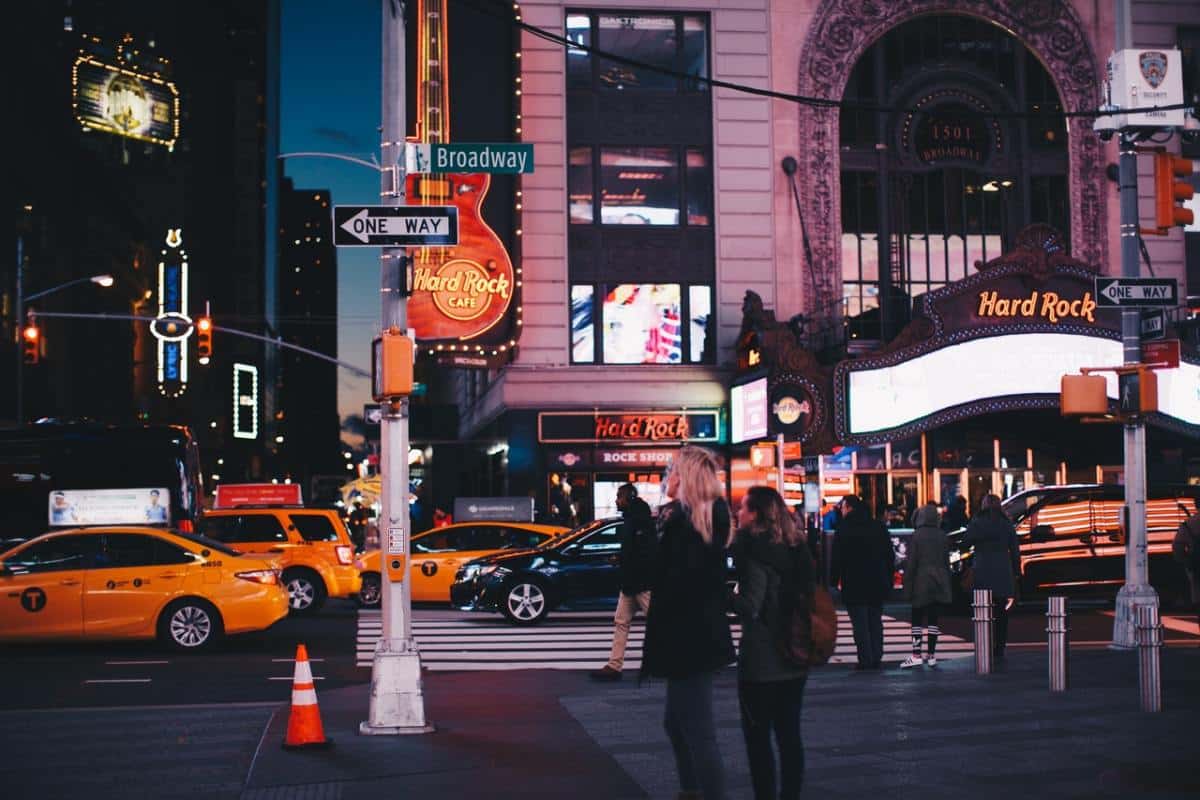Some Ideas on Street Photographers You Need To Know
Table of ContentsThe Main Principles Of Street Photographers The Best Guide To Street Photographers9 Simple Techniques For Street PhotographersLittle Known Questions About Street Photographers.Excitement About Street Photographers
A category of digital photography that records daily life in a public location. The very publicness of the setting allows the photographer to take candid images of strangers, frequently without their knowledge. Street photographers do not necessarily have a social function in mind, however they choose to separate and capture moments which might otherwise go undetected (Street Photographers).He was influenced by many of those that influenced the street professional photographers of the 1950s and '60s, he was not primarily interested in capturing the spirit of the street. The impulse to visually record people in public started with 19th-century painters such as Edgar Degas, douard Manet, and Henri de Toulouse-Lautrec, that worked side by side with digital photographers attempting to catch the significance of urban life.
As a result of the relatively primitive modern technology readily available to him and the lengthy direct exposure time needed, he struggled to catch the stress of the Paris streets. He try out a series of photographic methods, trying to locate one that would allow him to record activity without a blur, and he found some success with the calotype, patented in 1841 by William Henry Fox Talbot. In contrast to Atget, professional photographer Charles Marville was worked with by the city of Paris to create an encyclopaedic paper of Haussmann's city planning project as it unravelled, thus old and new Paris. While the photographers' subject was basically the exact same, the outcomes were considerably different, demonstrating the effect of the digital photographer's bent on the personality of the images he generated.
Offered the fine high quality of his photos and the breadth of product, architects and artists typically bought Atget's prints to utilize as referral for their very own job, though commercial passions were rarely his major motivation. Instead, he was driven to photo every last residue of the Paris he enjoyed. The mingled interest and necessity of his objective luster through, leading to photos that tell his own experience of the city, qualities that anticipated street photography of the 20th century.
See This Report on Street Photographers
They expose the city through his eyes. His work and basic understanding of photography as an art form offered as motivation to generations of digital photographers that complied with. The future generation of street digital photographers, though they likely did not refer to themselves because of this, was introduced by the photojournalism of Hungarian-born digital photographer Andr Kertsz.
Unlike his peers, Brassa made use of a larger-format Voigtlnder electronic camera with a longer exposure time, forcing him to be extra calculated and thoughtful in his technique than he might have been if using a Leica. (It is believed that he might not have had the ability to pay for a Leica at that time, yet he did, however, make use of one in the late 1950s to take colour pictures.) Brassa's photographs of the Paris underworld brightened by synthetic light were a discovery, and the compilation of the collection that he released, (1933 ), was a major success.
Cartier-Bresson was a champ of the Leica video camera and among the first professional photographers to optimize its capabilities. The Leica allowed the digital photographer to communicate with the environments and to capture moments as they occurred. Its fairly small dimension additionally aided the professional photographer discolor right into the background, which was Cartier-Bresson's preferred approach.
Getting My Street Photographers To Work
It is as a result of this basic understanding of the art of image taking that he is frequently credited with uncovering the medium all over once more about a century since its development. He took pictures for more than a half century and influenced generations of professional photographers to trust their eye and intuition in the minute.
These are the inquiries I shall try to respond to: And afterwards I'll leave you with my very own definition of street digital photography. Yes, we do. Allow's kick off with defining what an interpretation is: According to (Street Photographers) it is: "The act of specifying, or of making something guaranteed, distinct, or clear"
No, definitely not. The term is both restricting and misleading. Appears like a street photography should be images of a streets ideal?! And all road professional photographers, besides a tiny number of absolute beginners, will totally appreciate that a road is not the vital component to road photography, and in fact if it's a read photo of a road with possibly a few monotonous people doing absolutely nothing of rate of interest, that's not road photography that's a photo of a street.
Some Known Factual Statements About Street Photographers
He makes a valid point do not you assume? While I concur with him I'm not sure "honest public digital photography" will capture on (although I do kind of like the term "honest photography") since "street photography" has actually been around for a lengthy time, with several masters' names attached to it, so I believe the term is here to stay (Street Photographers).
Inside?! I hear you shout as you drink your fist to the sky. Why not? You can contend the coastline, at a festival, in an alley, in a park, in a piazza, in a cafe, at a museum or art gallery, in a city station, at an event, on a bridge, under a bridge pop over here ...

The Single Strategy To Use For Street Photographers
